High-speed electric bikes for adults require precise ergonomic design to ensure comfort, safety, and control at 50 mph. Essential features include strong, lightweight frames, adjustable handlebars and seats for proper posture, responsive suspension for shock absorption, and wide tires for traction and stability. TST EBike models combine these elements to create a smooth, controlled, and enjoyable riding experience.
How Does Frame Design Affect Ergonomics and Performance?
Frame design plays a critical role in balancing durability, weight, and rider posture. Aluminum or carbon fiber frames provide strength without excessive weight, essential for handling high speeds. Ergonomic geometry supports proper posture, reduces fatigue, and enhances stability. Correct frame sizing ensures efficient power transfer and comfort, enabling adult riders to maintain control during extended rides at high speeds.
What Motor and Battery Specifications Support Ergonomic Riding at 50 mph?
Powerful motors above 1000W paired with high-capacity batteries (48V 15Ah or higher) provide consistent acceleration and smooth power delivery. Proper motor and battery integration reduces jolts, allowing the rider to maintain a comfortable position. Centered battery placement contributes to balance and stability, directly supporting ergonomic control while sustaining high-speed performance.
Which Suspension and Tire Features Enhance Safety and Comfort?
Effective suspension absorbs shocks from uneven surfaces, reducing fatigue and maintaining tire contact with the ground. Hydraulic or mechanical systems offer smooth handling for high-speed riding. Wide tires with robust tread improve grip and stability on multiple terrains, preventing slips and ensuring the rider remains confident and comfortable at speeds up to 50 mph.
Why Are Handlebar and Seat Adjustability Important?
Adjustable handlebars and seats allow riders to customize posture for maximum comfort and control. Proper positioning minimizes strain on the back, shoulders, and wrists, which is crucial during high-speed or long-distance rides. Ergonomic grips and padded seats further enhance stability and reduce rider fatigue, creating a safer and more enjoyable riding experience.
Where Should Controls Be Located for Optimal Ergonomics?
Controls should be positioned within easy reach to minimize hand movement and distraction. Brake levers, throttle, and gear shifters must have intuitive placement, reducing hand fatigue and reaction times. Integrated digital displays showing speed and battery status keep the rider informed without forcing awkward postures, supporting consistent ergonomic alignment.
Can Aerodynamic Design Features Improve High-Speed Ergonomics?
Streamlined frames, narrow handlebars, and bike fairings reduce wind resistance, decreasing rider effort at 50 mph. Efficient airflow allows the rider to maintain higher speeds with less physical strain. Aerodynamic design complements ergonomic posture, contributing to balance, stability, and comfort over long rides.
What Role Does Ergonomic Design Play in Rider Safety at High Speeds?
Ergonomic design enhances safety by ensuring proper posture, stability, and control. Correct positioning improves reaction times and handling precision while reducing fatigue-related risks. Features like wide tires, effective brakes, and responsive suspension work in tandem with ergonomic principles to maintain rider confidence and prevent accidents.
How Does TST EBike Incorporate Ergonomics into Their High-Speed Models?
TST EBike emphasizes ergonomic geometry in both 26-inch and 27-inch models, optimized for rough terrains or smooth commutes. Frames are lightweight yet strong, with adjustable seats and handlebars for personalized comfort. Powerful motors and batteries deliver smooth acceleration, while carefully positioned components enhance rider control and stability at high speeds, reflecting TST EBike’s focus on adult rider comfort and safety.
What Innovations in Ergonomic Design Are Emerging for 50 mph E-Bikes?
Modern innovations include adaptive suspension systems that adjust to terrain, smart controls with haptic feedback, and app-based rider posture customization. Advanced lightweight materials improve frame strength without sacrificing comfort. Aerodynamic enhancements continue to reduce drag, while integrated components maximize ergonomic efficiency, allowing riders to maintain posture, stability, and endurance at high speeds.
How to Choose the Right Wheel Size for Ergonomics and Speed?
Wheel size affects stability, maneuverability, and comfort. A 26-inch wheel is ideal for rough surfaces like sand or snow, offering better control in challenging terrains. The 27-inch wheel provides enhanced high-speed stability, perfect for commuting and mountain trails. Selecting the appropriate wheel ensures optimal ergonomic performance for adult riders at 50 mph.
TST EBike Expert Views
“TST EBike focuses on producing high-powered electric bikes that maintain stability and safety at high speeds. We integrate robust motors and batteries to ensure smooth acceleration while minimizing vibration and fatigue for the rider,” says a TST EBike Technical Lead.
“Our models are designed with terrain-specific considerations: 26-inch wheels for rough landscapes and 27-inch wheels for high-speed commutes, all optimized with ergonomic components that enhance control and comfort,” adds a TST EBike Product Specialist.
Ergonomic Design Comparison Chart: 26-Inch vs. 27-Inch Wheels
| Feature | 26-Inch Wheel Model | 27-Inch Wheel Model |
|---|---|---|
| Terrain Suitability | Rough terrains (snow, sand) | Smooth commuting and mountain trails |
| Stability at 50 mph | Moderate | High |
| Maneuverability | High | Balanced |
| Rider Comfort | Shock absorption focus | Enhanced stability reduces fatigue |
Conclusion
Ergonomic design is essential for safe and enjoyable high-speed electric biking. Prioritizing frame strength, adjustable seating and controls, effective suspension, and terrain-appropriate wheel size enhances comfort and control. TST EBike demonstrates these principles, offering powerful, rider-focused e-bikes built for performance and stability. Selecting the right features ensures a safer, smoother, and more rewarding high-speed riding experience.
Frequently Asked Questions
What makes a high-speed e-bike ergonomic?
It combines adjustable seating, handlebar positioning, responsive suspension, and properly placed controls to maintain comfort, posture, and stability at high speeds.
Why does wheel size affect comfort and stability?
Smaller wheels improve maneuverability on rough terrain, while larger wheels enhance smoothness and stability during fast commutes.
How does suspension improve rider experience?
Suspension absorbs road shocks, reduces fatigue, and maintains tire contact for stable, controlled riding.
Are adjustable seats and handlebars necessary?
Yes, they allow riders to customize posture, reducing strain and improving control over long distances.
Does TST EBike prioritize ergonomic design?
Yes, TST EBike integrates frame geometry, component placement, and power systems to ensure adult riders experience comfort, stability, and high-speed safety.

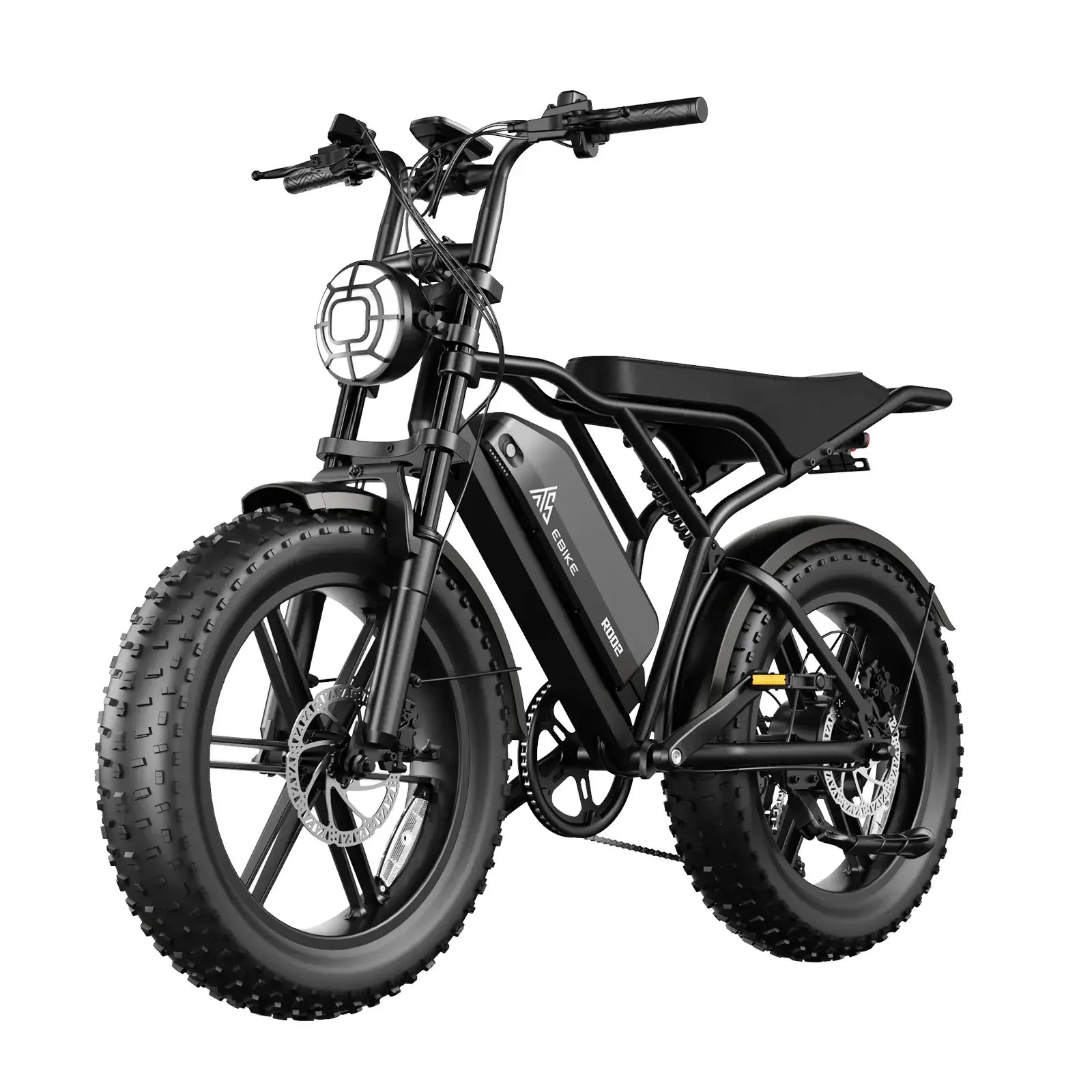

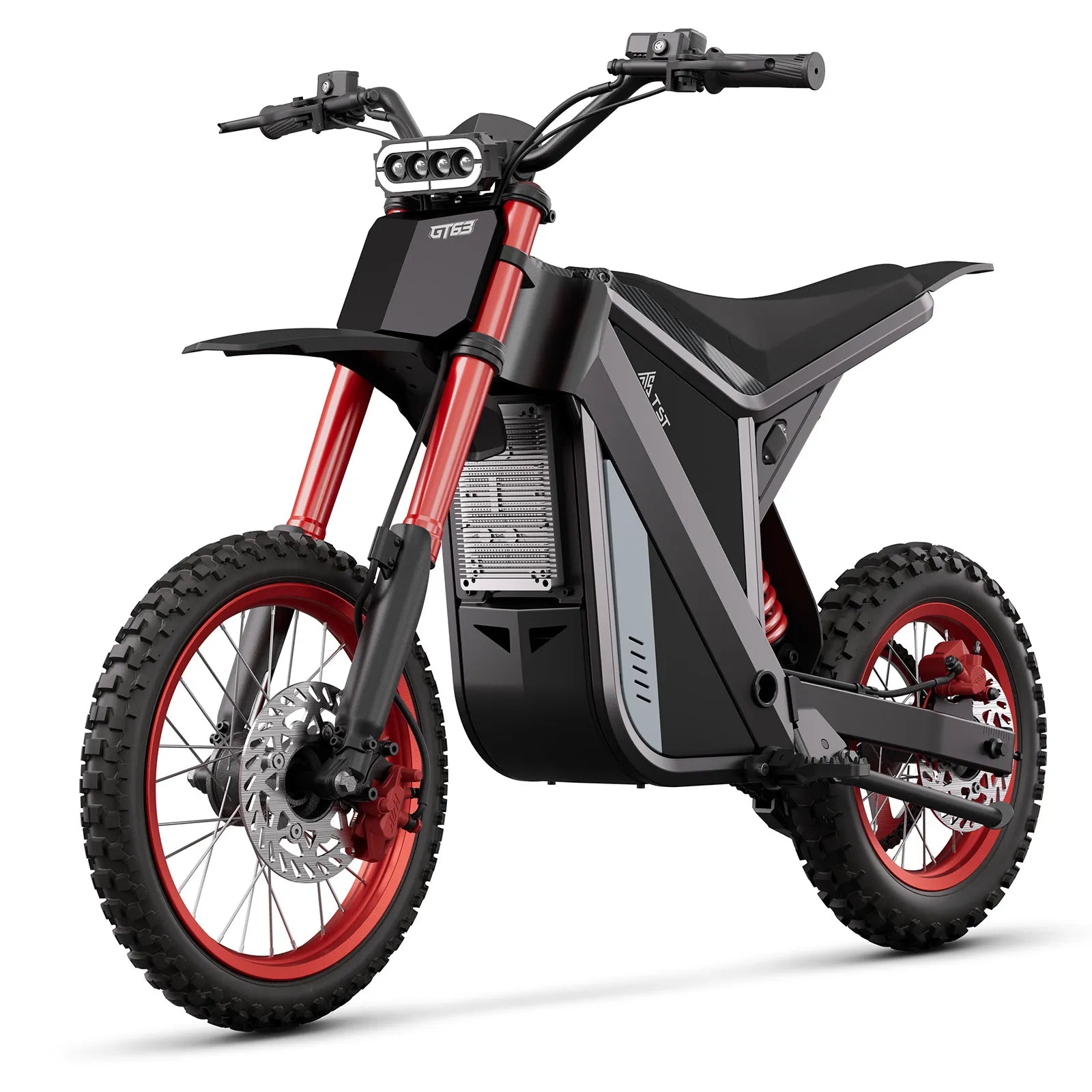



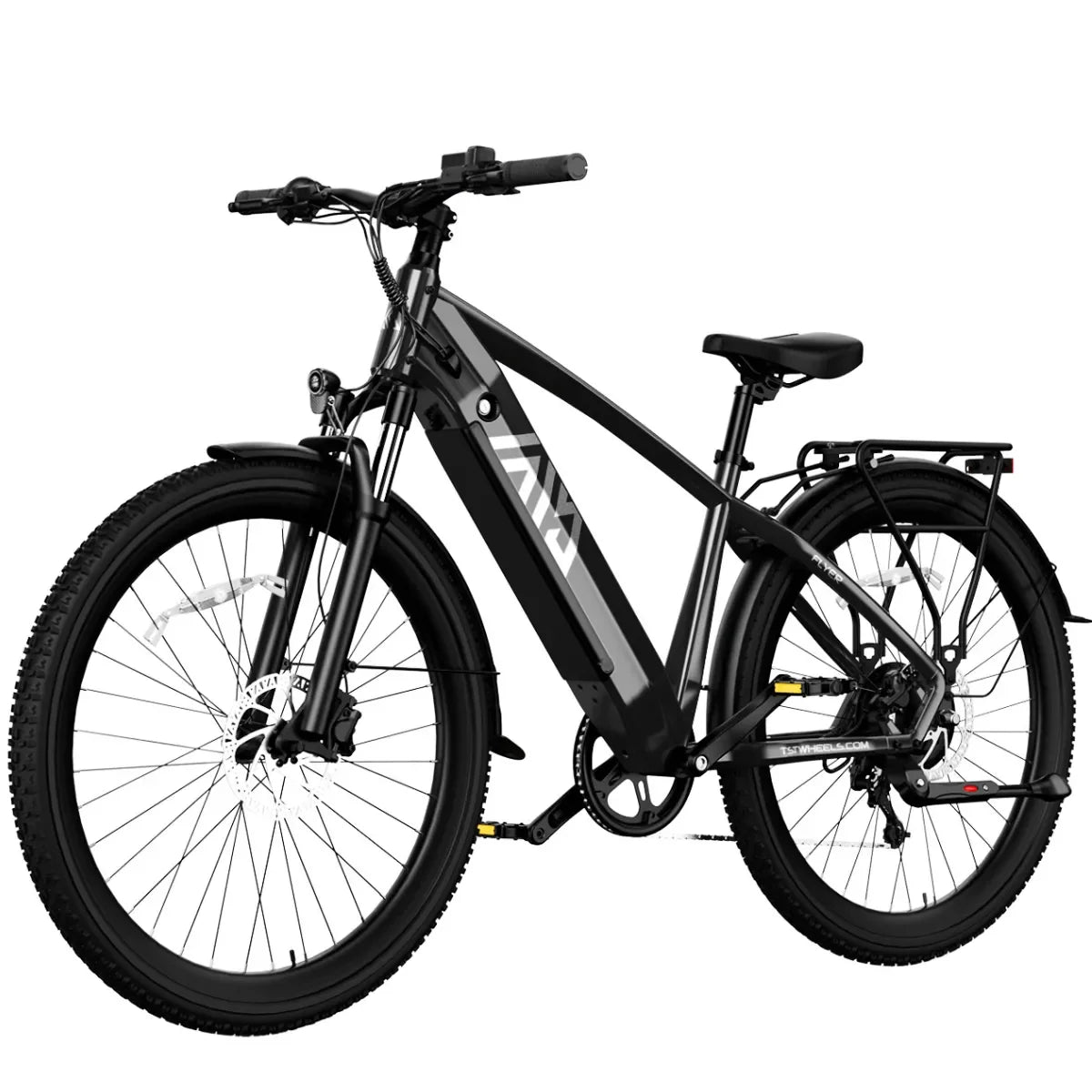

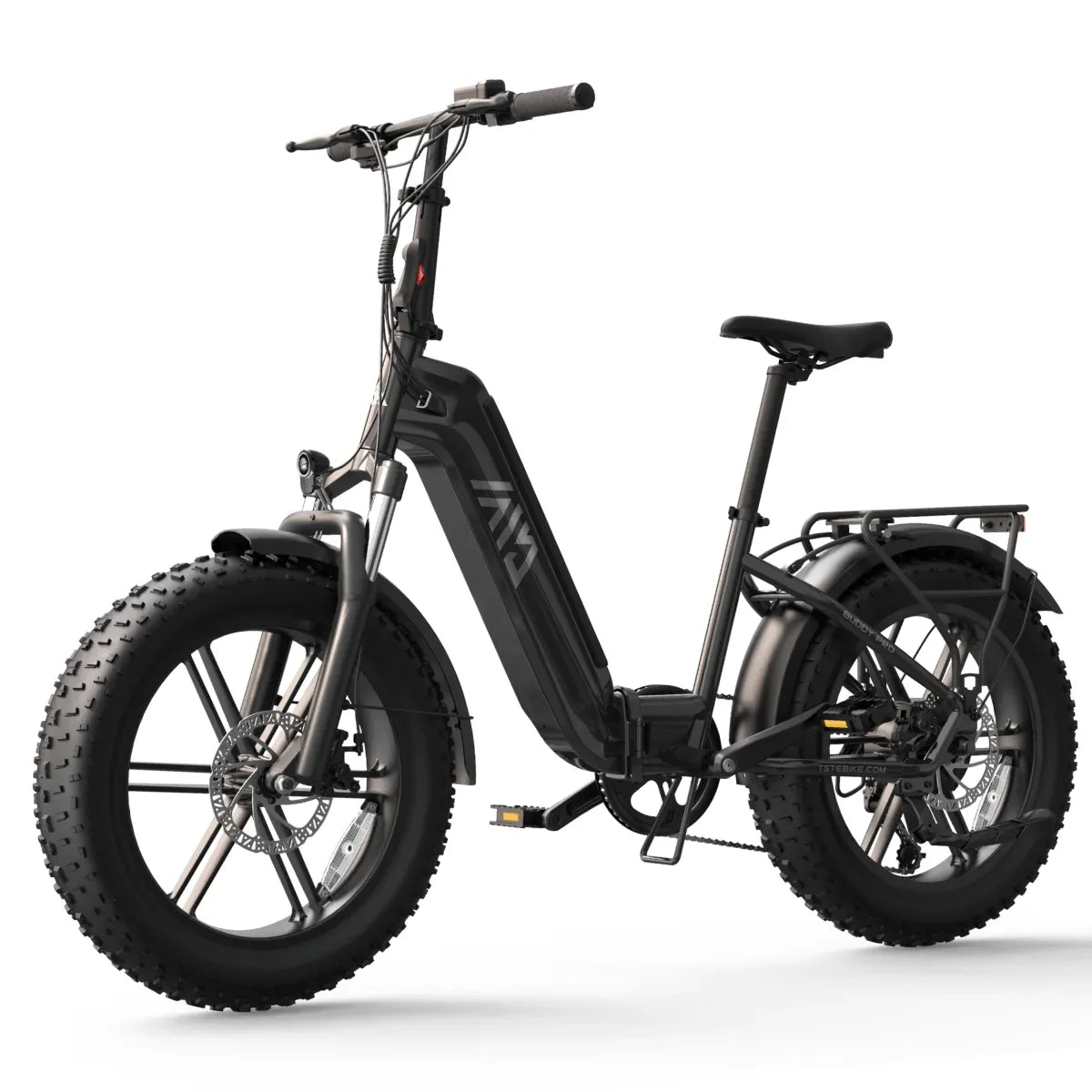
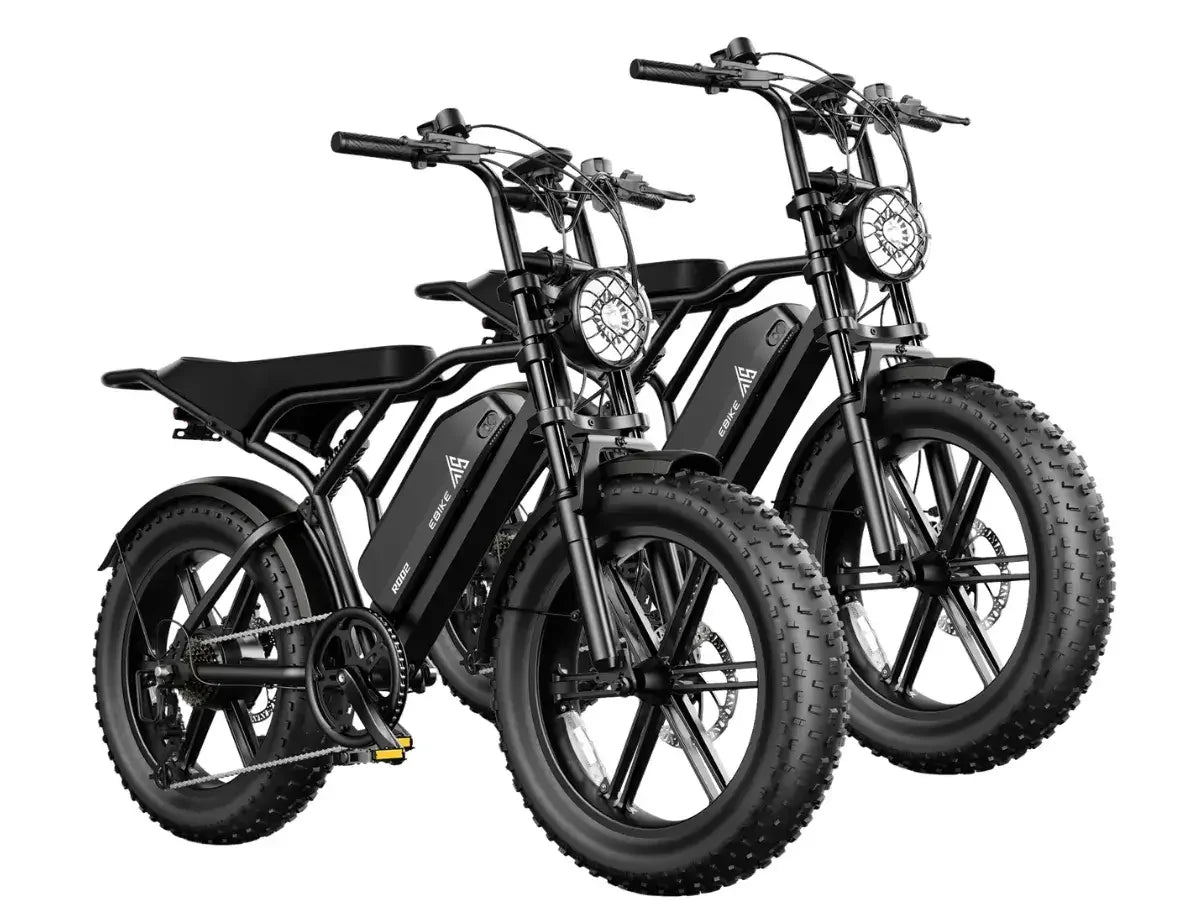
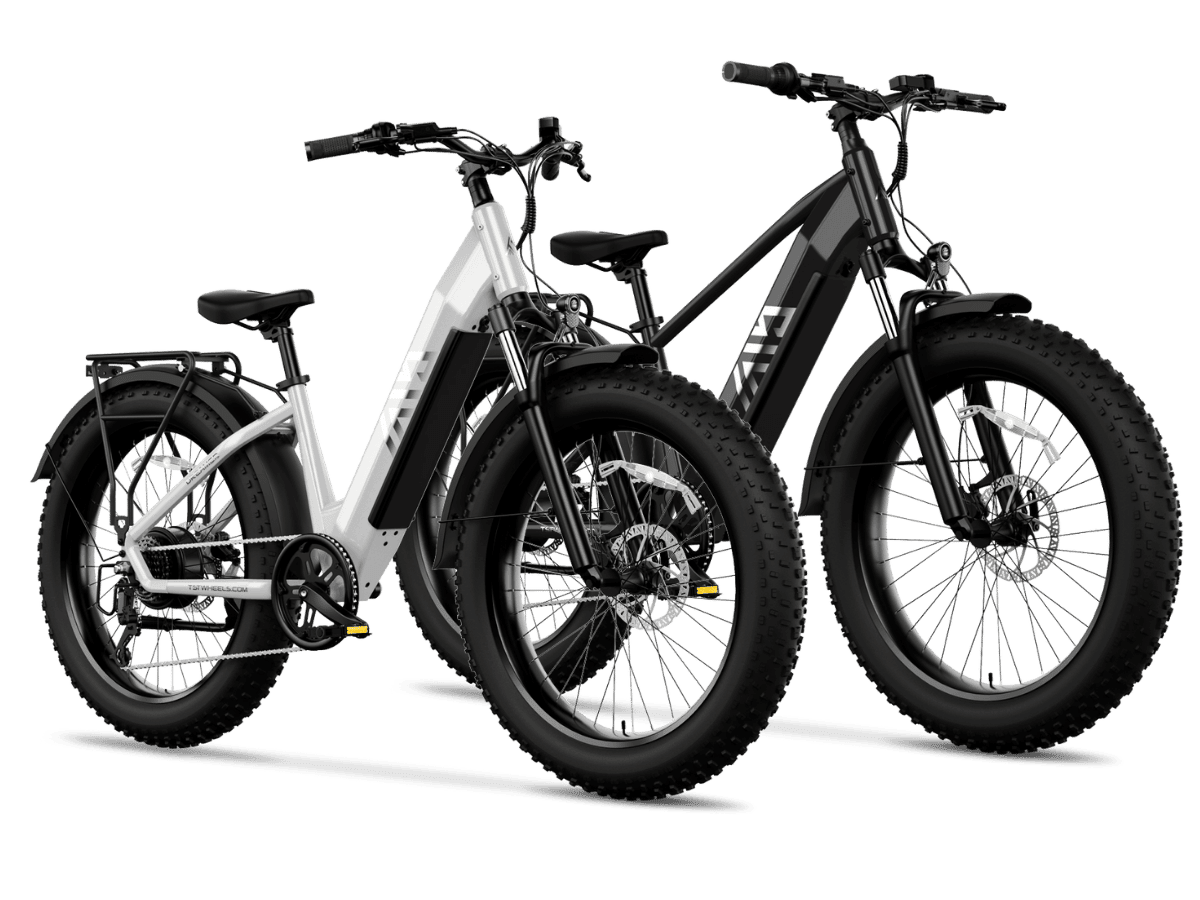
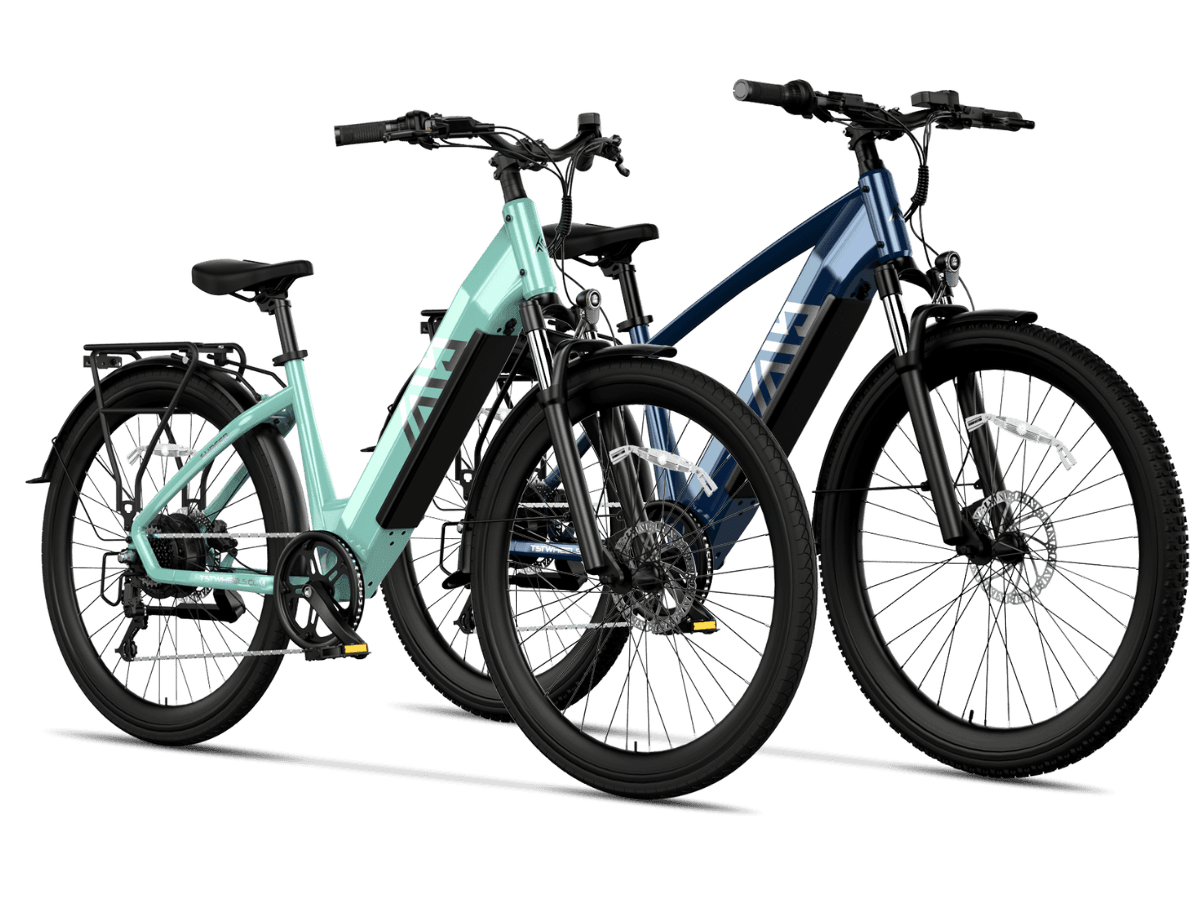
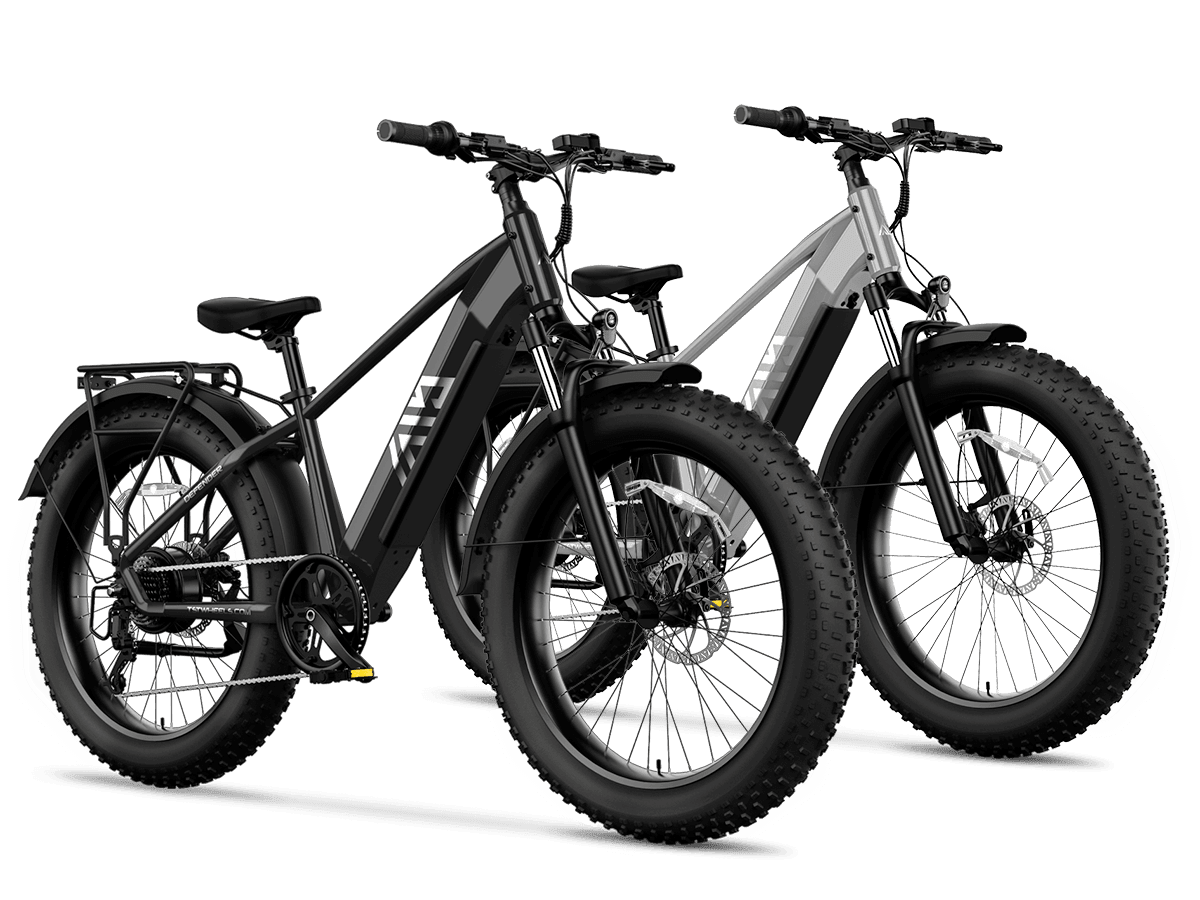
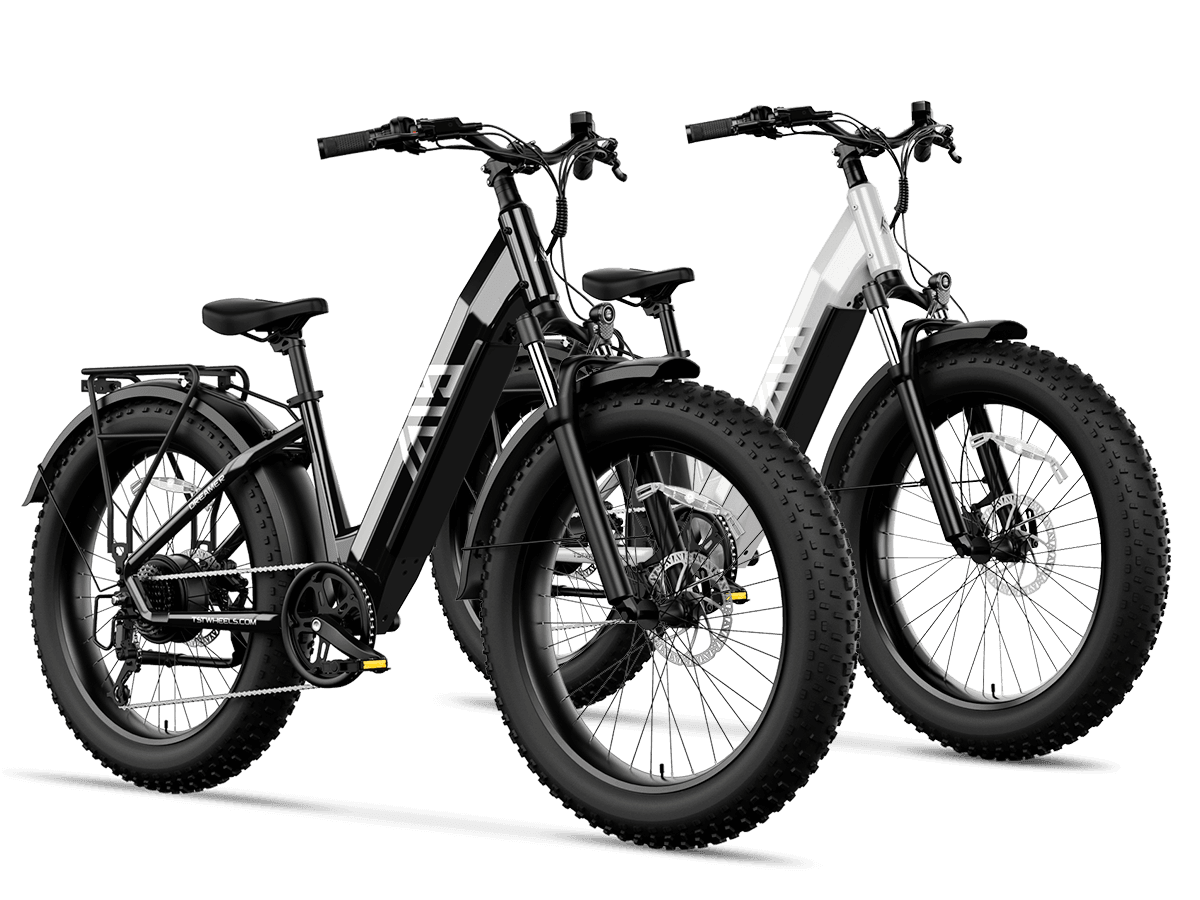
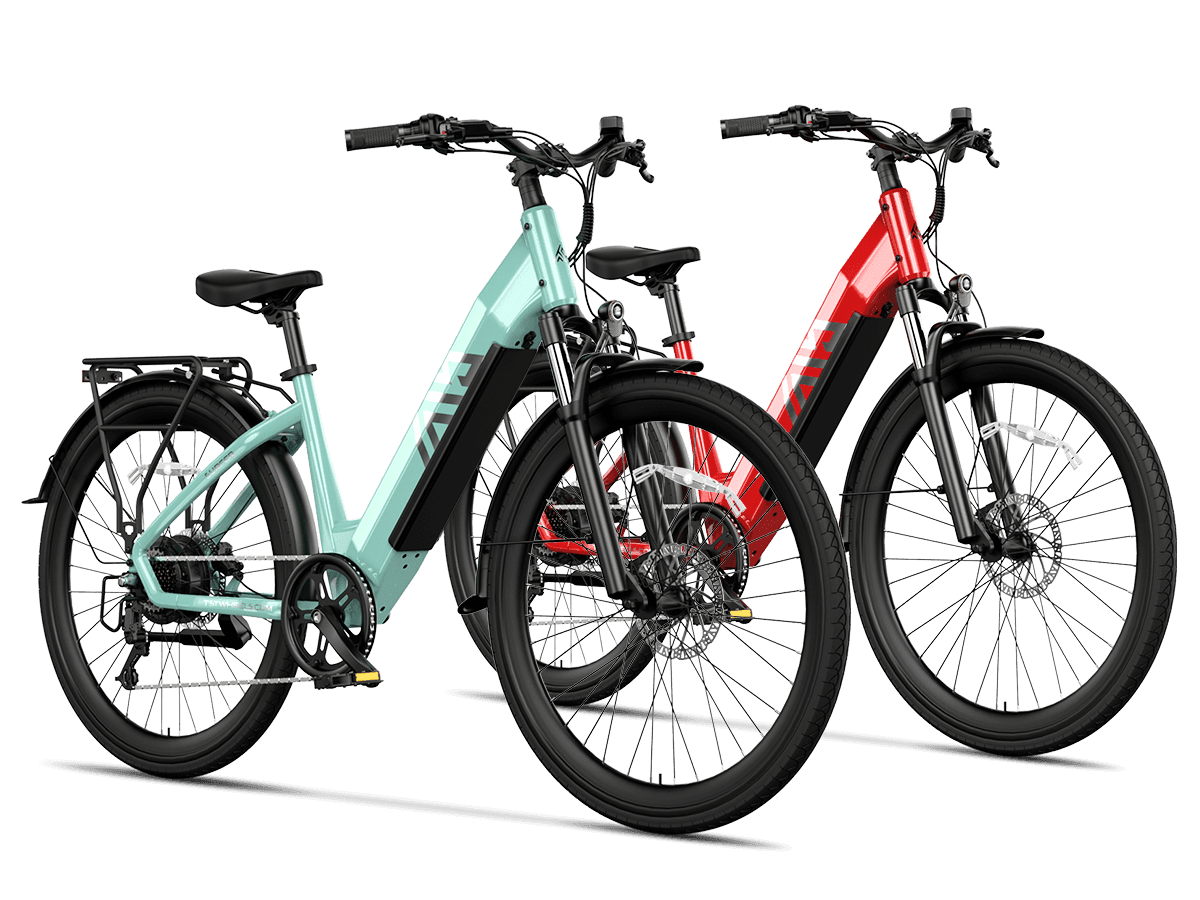
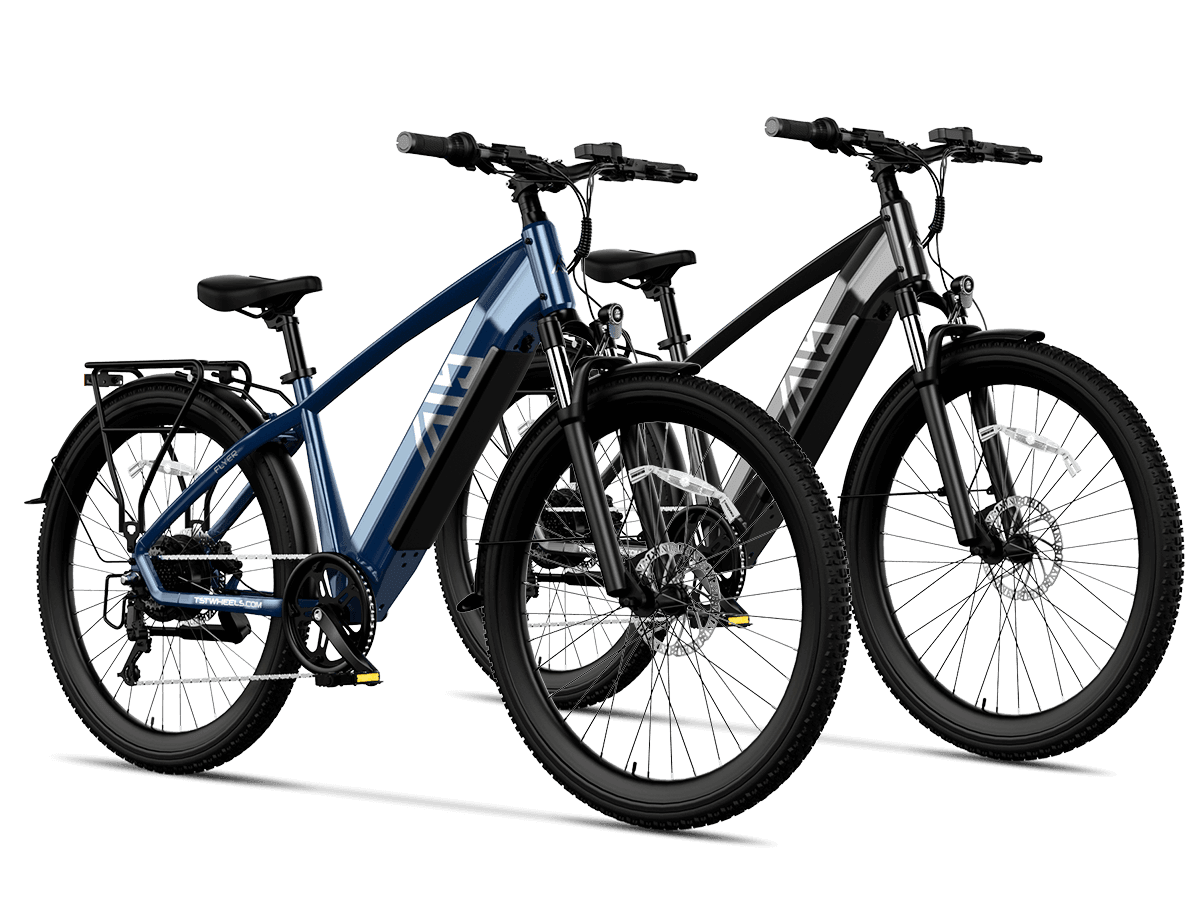
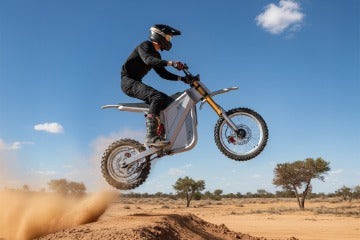
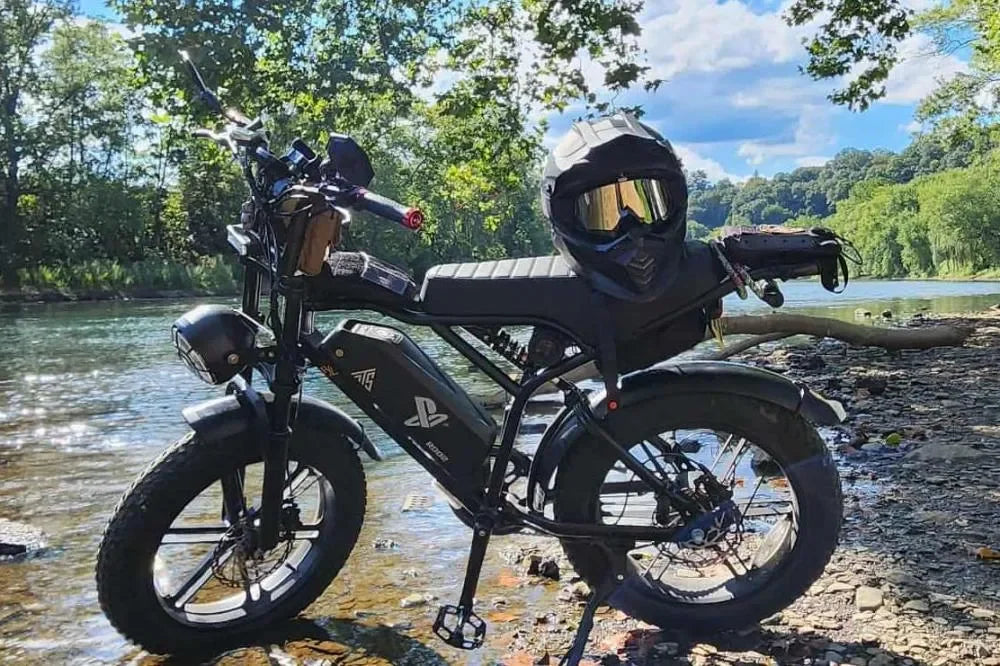


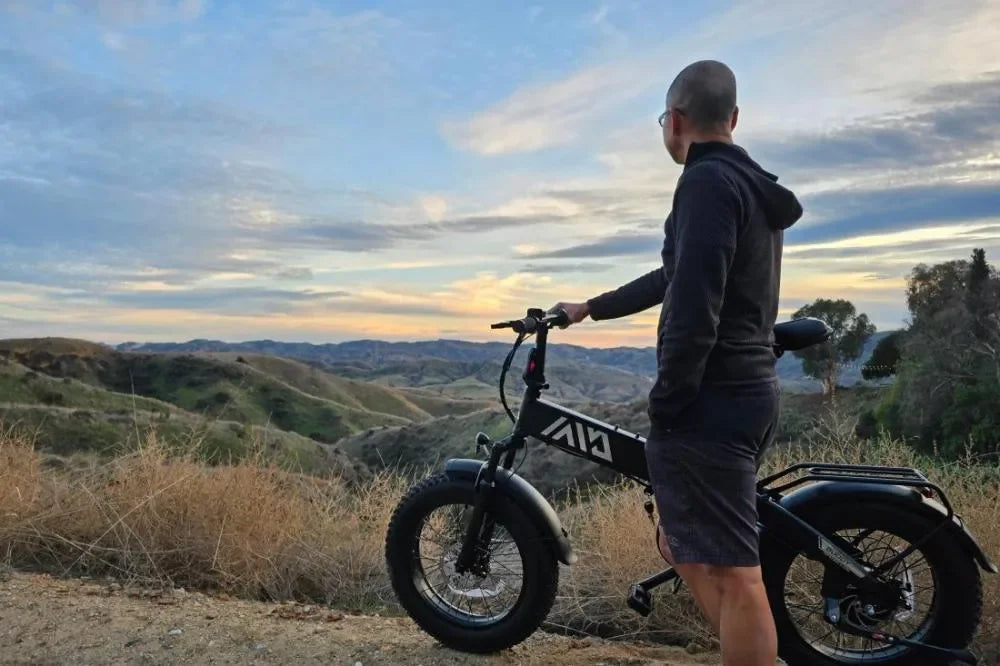
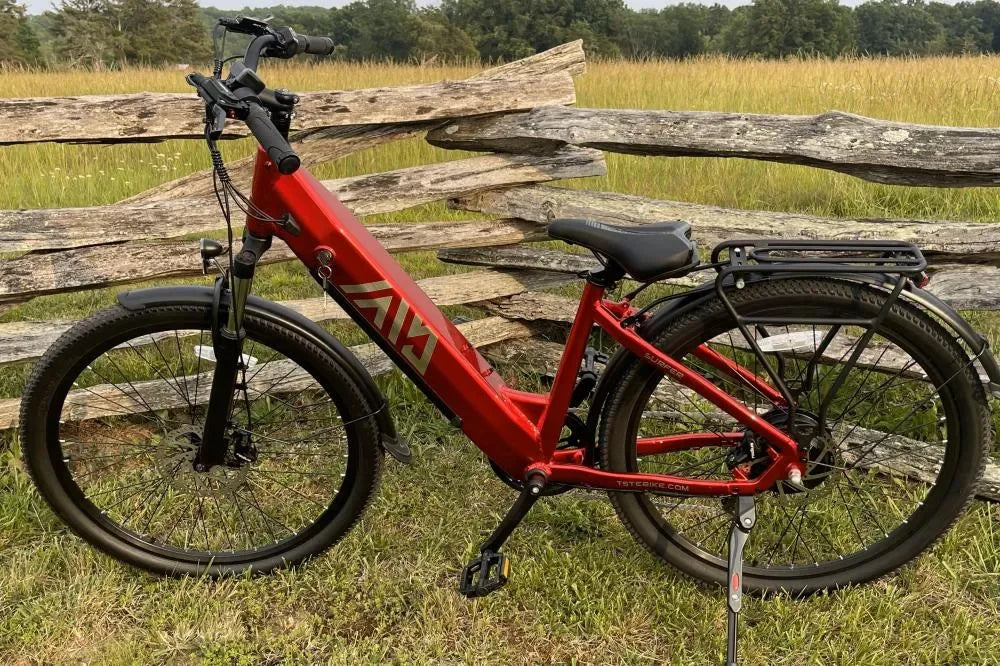
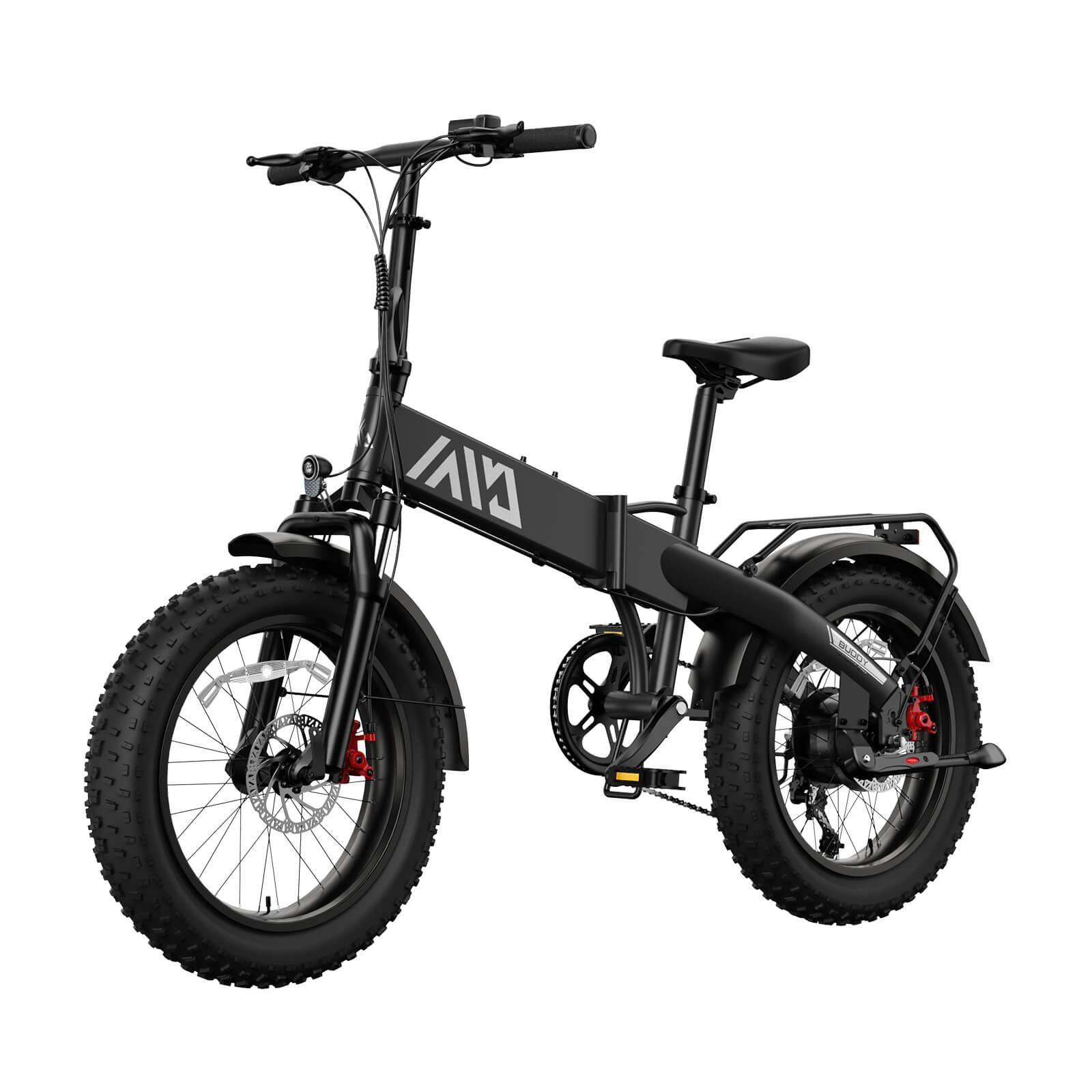
Leave a comment
This site is protected by hCaptcha and the hCaptcha Privacy Policy and Terms of Service apply.